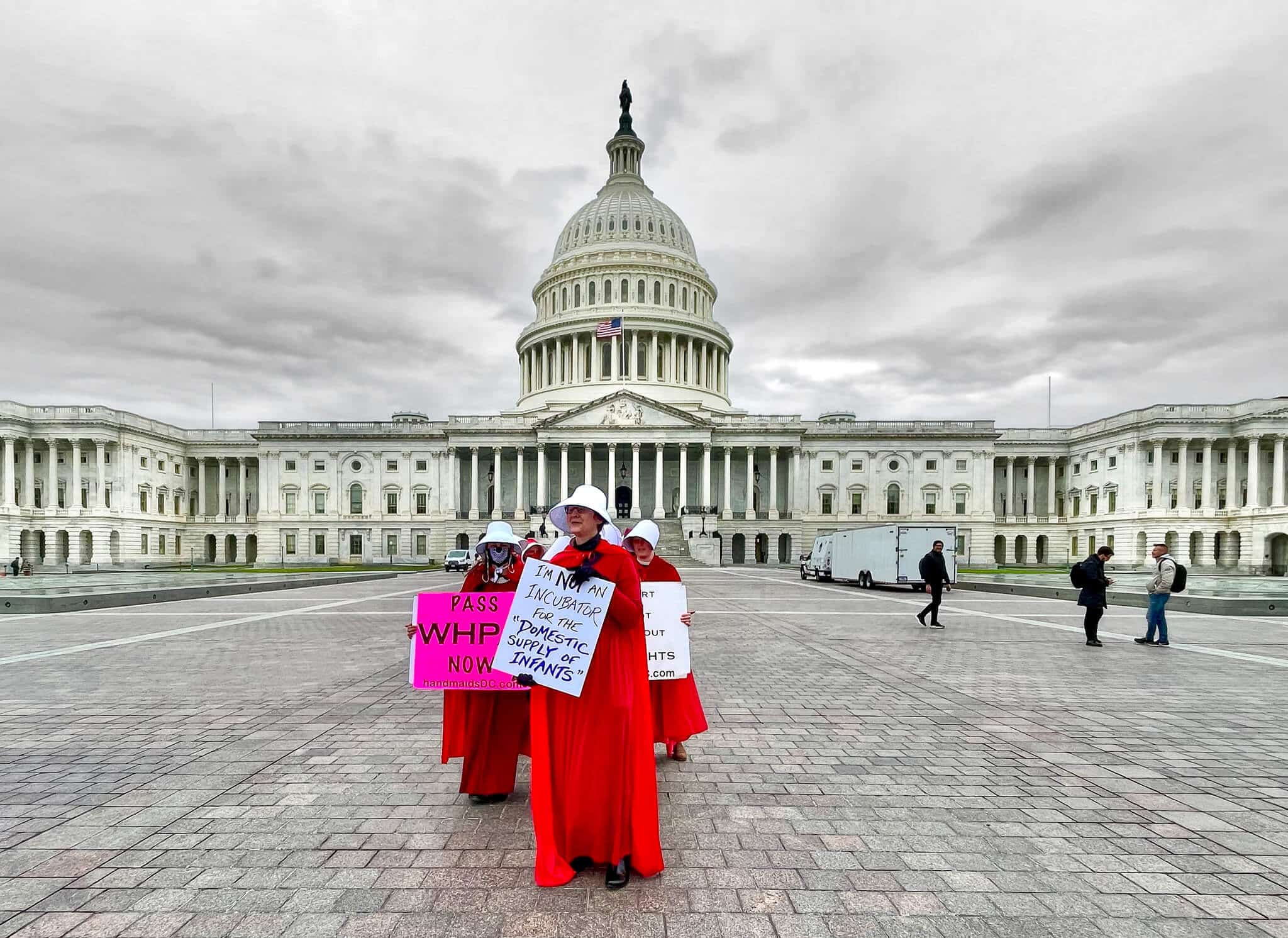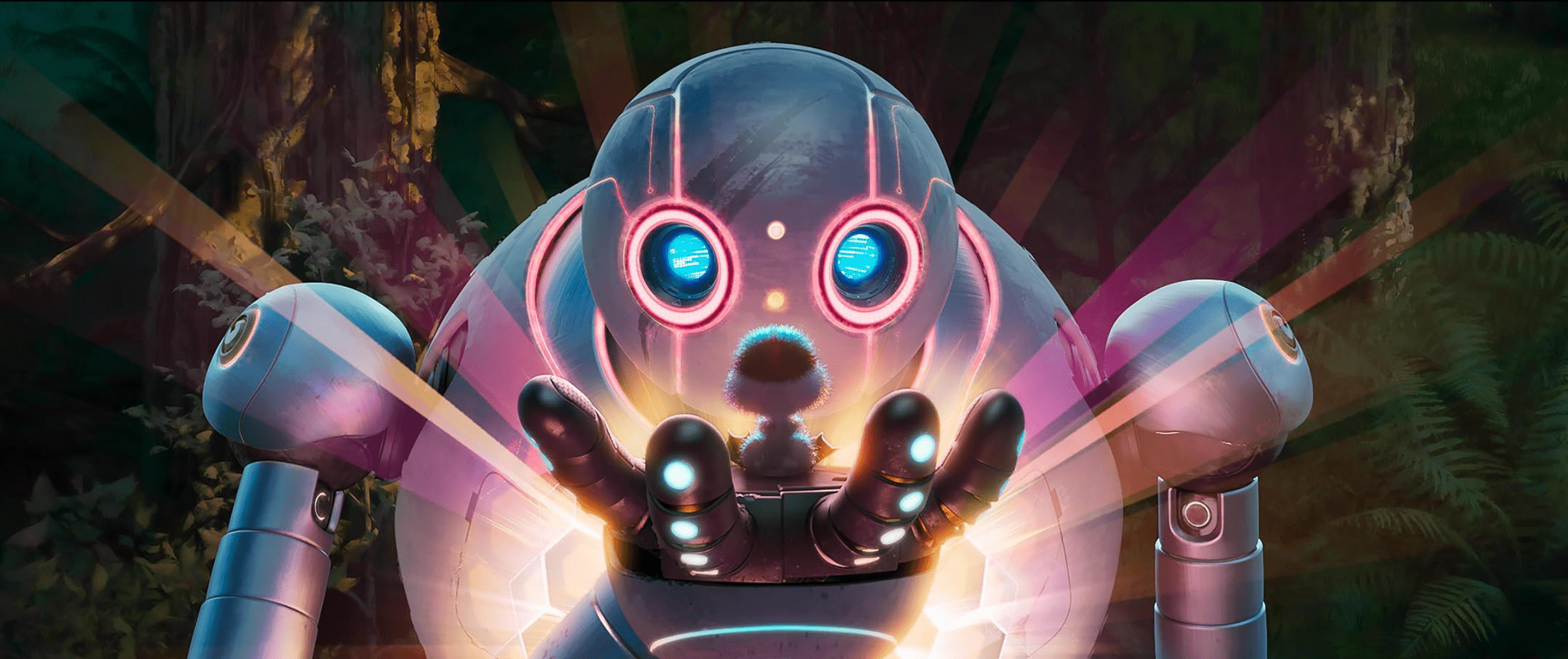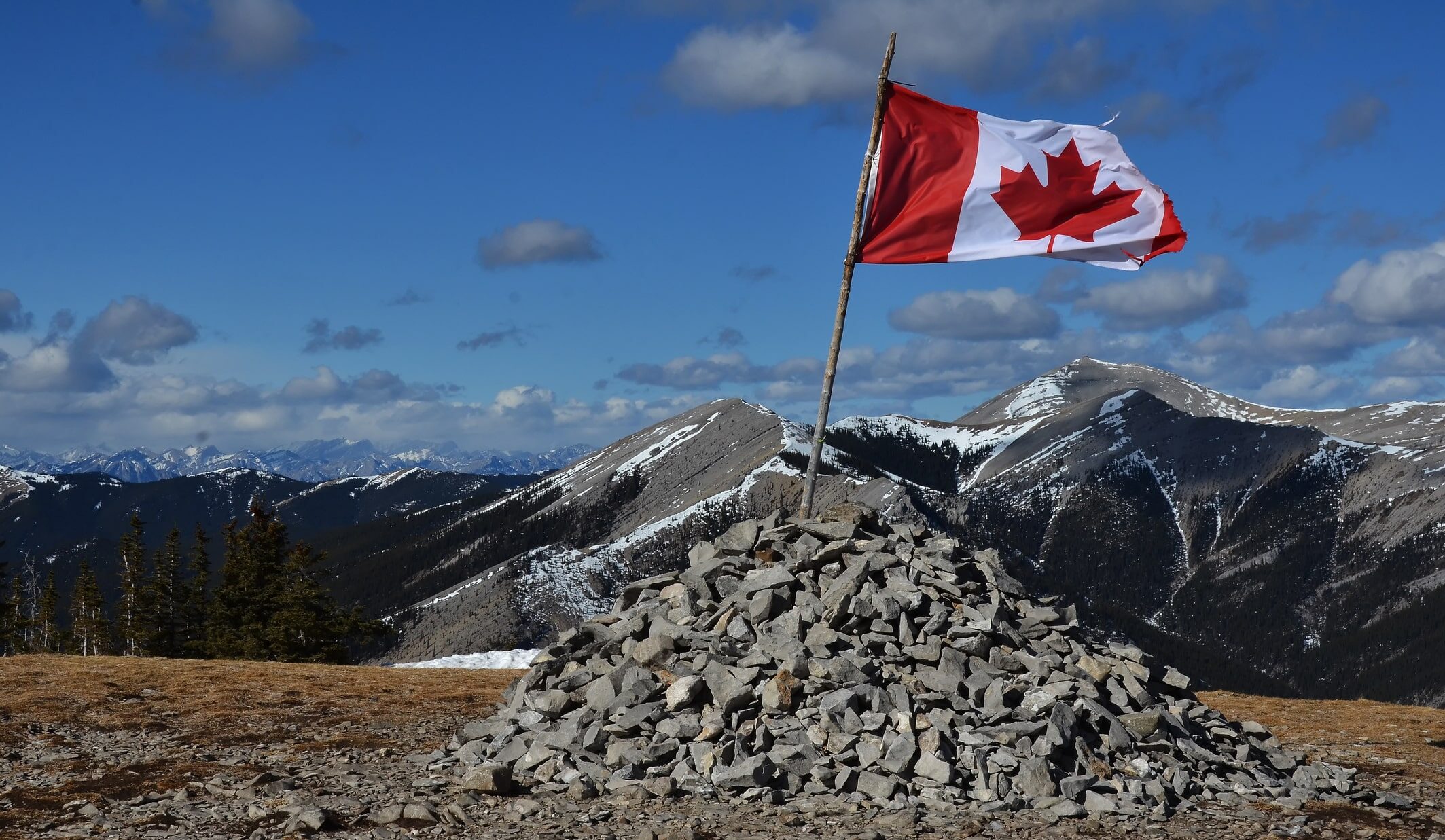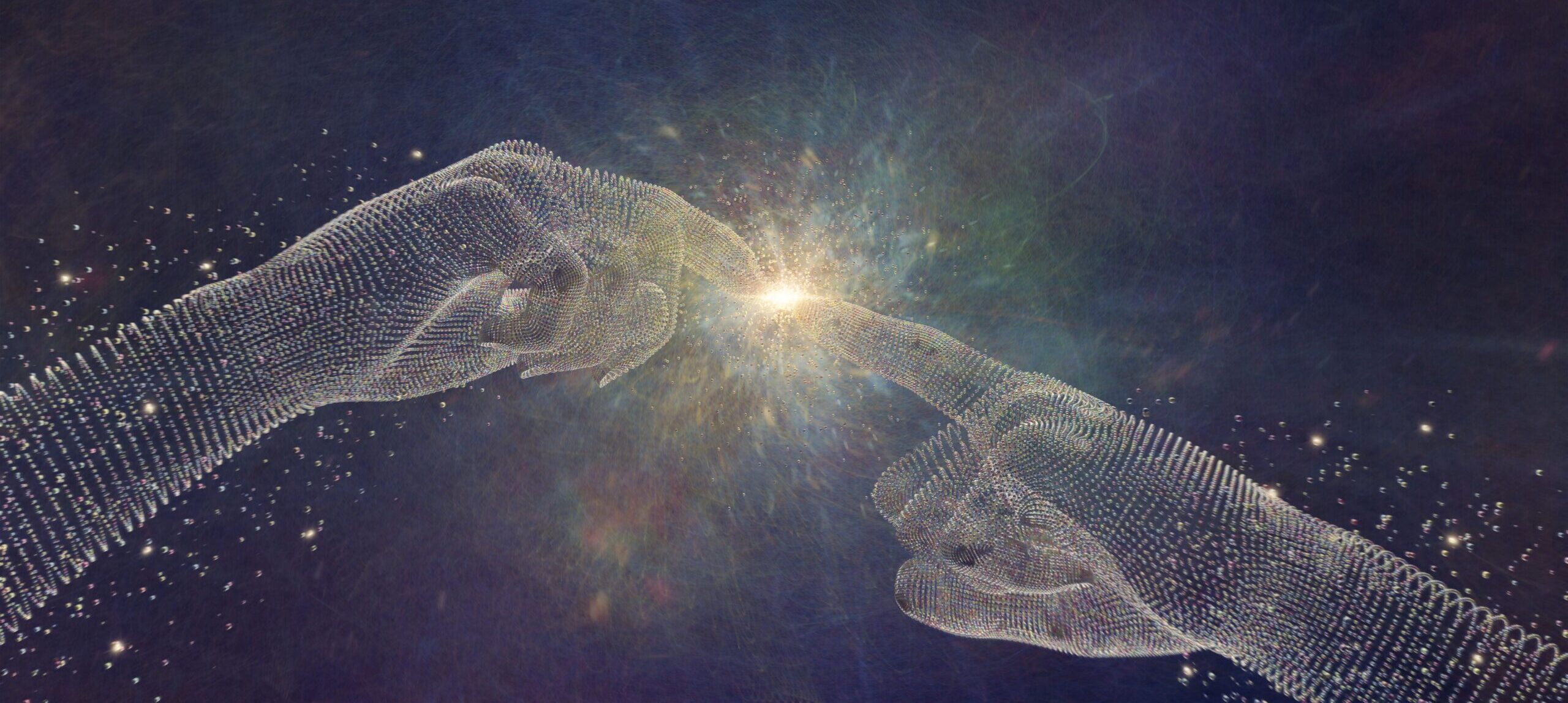For a quarter of a millennium liberalism as a theory and as a political movement has been dedicated to the cause of social and political freedom and the pursuit of happiness as a material end. Liberalism continues to pursue those ends, but differently understood and by different means. The result is the diminution of freedom and of happiness in all Western liberal societies. The world that classical liberalism made, neoliberalism and now progressive liberalism are presently unmaking in the name of liberalism.
None of the countries that comprise the Anglosphere—including Great Britain, the United States and Canada, Australia, and others—is as happy a place as it was before liberalism in its updated form went to work on it. But the U.S. is, by almost every standard, the least happy and the most neurotic of them all.
The fact is confirmed by the angry and frequently crazed political polarization here; the racial tensions and the riots; the looting and destruction that American liberals are willing to tolerate and even to excuse; the intellectual chaos and mental and moral confusion produced by “woke” colleges, universities, and the public schools, then promoted in the media; the new liberal biology (comparable to the old Soviet biology) according to which a man can become a woman and give birth to a child and which purposefully complicates the formation of sexual identity among the young.
It is confirmed by the growing restlessness and rebelliousness of middle and lower-middle class Americans angered by the readiness of government at every level to resort to blatantly unconstitutional means to control and, when necessary, to punish the general population; the industrial and commercial regulations imposed on businesses and communities aimed at reversing warming temperatures around the world; federal policies that promote huge economic disparities by subsidizing the enterprises of the wealthy classes while expanding welfare payments to the poor ones (what the late political analyst Samuel T. Francis called “anarcho-tyranny”); recklessly irresponsible immigration policies that have let poor aliens take jobs from native-born citizens while further promoting a polyglot society in which there will soon be no ethnic and cultural majority and therefore no national identity, all to the further cultural confusion, instability, and anxiety of every group; liberal social policies that for the past six decades have been weakening the institution of marriage, discouraging the formation of legitimate families, and promoting the dissolution of existing marriages…
If you seek liberalism’s monument, look around you at America—and the other Western countries—today. In healthy and happy societies, students do not gun down their teachers, and each other. Tens of millions of people do not destroy their lives, and the lives of other people, with drugs. (Liberals have an excuse for them too, pardoning on what they call humanitarian grounds both the industry that produces opioids and the importation of drugs of every kind across the Southwestern border by illegal aliens, whose entry into the country they permit.) All this explains the neurotic unhappiness, insecurity, and uncertainty, the confusion, resentment, and envy—the alienation and anger amounting often to rage—and finally fear that are endemic in America in the 21st century, very much including among liberals themselves.
In Fear: The History of a Political Idea, Corey Robin describes the elements of the pervasive cultural and political phenomenon he calls “Fear, American Style” as
the rational and moral nature of fear; the collusion between elites, collaborators, bystanders, and victims; the fragmented state of a pluralistic civil society; and fear in the workplace… . Each element is a symptom of the American experience: of our decentralized political culture; of the constitutional limitations placed upon the American state; of the diversity and revanchism of our elites; and of a fluid social structure, offering plentiful opportunities for people to cooperate in the complex pluralism that is Fear, American Style.
“While I label this combination ‘American,’ its individual elements are present elsewhere, in even the nastiest regimes. It may seem counterintuitive,” Robin concedes, “to suggest that fragmented states, pluralist societies, rationality, or morality compose any part of the Nazi or Stalinist experience, or of the myriad tyrannies that still dot the globe. Yet they do”—just as they “compose the experience” of liberal nations themselves. Here is something entirely new in the history of liberalism: liberals grown fearful of the world 20th-century liberalism made.
Robin is probably, even today, an extreme and atypical example of Species liberales. No doubt the majority of liberals would not go so far as to question the value of pluralism, social fluidity, rationality, morality, and other totems of the liberal Western world. And so it is possible that modern liberalism, fearing itself because it fears for itself, is presently attempting to instill the same fear into Western societies—American society in particular—in the hope that it can scare voters into defending liberalism from the right by convincing them that the Republican Party is the mortal enemy of classical liberalism: liberalism understood in the way that England was a liberal county even before the First Reform Act of 1832, and in the way that America was liberal from pre-Revolutionary times down to almost the day before yesterday. In these confused and confusing times, almost anything, in fact, seems possible.
***
From the early nineteenth century until well past the middle of the twentieth, liberalism was a proud, optimistic, and confident intellectual, political, and social project, and liberals themselves, taken individually and collectively, proud, optimistic, and confident people to whom the power of their convictions gave them, on occasion, a certain bravery, a quality for which the bourgeoisie has never been noted. That optimism and confidence survived the Second World War to become an expansive global, anti-communist, democratic, and capitalist project that flourished beyond the collapse of the Soviet Union in 1991; paradoxically, and perhaps inexplicably, it fared less well as a domestic agenda—despite the successes of the civil rights movement in the United States—beginning with the New Left’s violent opposition to Washington’s anti-communist wars. The incendiary domestic activism of the ’60s subsided during the ’70s, but without actually expiring; instead, like an incompletely quenched campfire, it continued to smolder deeper into the forest duff of American society while inching forward in new—though in retrospect unsurprising—directions, among them those of multiculturalism and identity politics.
Liberalism as an international agenda, however, metamorphosed swiftly as “neoconservatism” after 1991, the form in which it continued to flourish as an engine for the promotion of liberal-democratic capitalism around the world and for neoliberal nation-building. The failure of these efforts—as spectacular as they were disastrous—by Republican and Democratic administrations alike dealt the old spirit of supreme liberal confidence a blow from which it has not recovered, and from which it may never be given a chance to recover, weakened and demoralized as it has become by renewed and actually redoubled feelings of racial guilt that are being strategically provoked by the reverse racism of multiculturalism, the academy, and the Democratic Party.
So far I have been describing liberalism and liberals as they have evolved in recent decades in the Anglosphere especially. The fact is, however, that liberalism—or, today, neoliberalism—is currently being challenged, to one degree or another, by political parties across the Western world. More importantly, the new strain is being resisted by some liberals themselves. Developments like these are sufficient to strain the confidence of all but the hardiest and most stubborn ideologue.
Loss of confidence itself promotes fear, even when and where fear is unfounded. During the decades when Henry Luce and Time magazine were talking about the American Century—by which they meant the Liberal-American Century—liberals in government, the press, the academy, and other prominent American institutions had confidence in their ability to reshape the world in America’s image, as they had in the first half-decade or so following the Armistice that ended the Great War for Democracy. Today they resemble more the middle American of the average type whom H.L. Mencken described in 1923 as “[going] to rest every night with an uneasy feeling that there is a burglar under the bed, and …[getting] up every morning with a sickening fear that his underwear has been stolen.”
The American liberal of the third decade of the 21st century lives in nervous and craven fear of what seems an endlessly wide variety of dangers, including the Russian enemy in the Kremlin working to sabotage “our democracy” at home; the Republican Party, Donald Trump, and the MAGA Menace; uncensored posts on social media and other forms of dangerous “disinformation”; people with bare faces who are skeptical of “the Science,” sweeping government health mandates, and the competency of Big Government itself; blue-collar people and rural populations; people lacking a college or university degree; climatic change; religion and the moral and social codes it typically imposes on believers; political opposition of any kind, which appears to liberals as “fascism”; a belief in constraining human limits and the concept of fixed reality; the loss of direct liberal control over anything, and thus of federalism, regionalism, and localism; and finally of human mortality, the liberal’s equivalent of Conrad’s The Horror.
Threatened by so many perceived dangers, many of them in their minds existential ones, liberals are naturally nervous and excitable people to the point where the slightest disruption of or dislocation in the world as they have made it—or are trying to make it—appears to them as a crisis deliberately created by the anti-liberal enemy who is Legion, their theological substitute for the Devil of Christianity. Since one of the liberal’s most fixed and unshakeable convictions is that the smallest step backward in any of liberalism’s supposed advances is not only immoral (if not a political crime) but the beginning of the end for the liberal regime and the liberal creed, every such crisis must be confronted head-on, resolved to the regime’s advantage, and exploited in such a way that the crisis never arises again. (Here is the meaning and the purpose of the Rahm Emmanuel’s maxim, “Never let a good crisis go to waste.”)
At bottom, progressive liberalism is a rebellion by adolescents of all ages against a reality they refuse to recognize. It is not coincidental that adolescence is, of all the stages of life, the one most dominated by fear and insecurity. One of the many ironies of liberalism today is liberals’ certainty that, when arguments arise between them and non-liberals, they are “the only adults in the room.” As Senator Maize Hirono explained recently, Democrats have a difficult time convincing the opposition of their rightness because “We know so much”—too much, that is, readily to convey in simple and straightforward terms to their intellectually inferior, undereducated opponents.
Superficially, liberalism is a doctrine that emphasizes social and individual comfort and security, intellectual and emotional as well as material and political; and so it was formerly, in its salad days, before liberals concluded that their Weltanschauung is radically incompatible with Christianity, while they grew progressively skeptical of secular materialism, too (which they began to view as bourgeois and reactionary—as reactionary in its way as religion, the opiate of the people. Materialism in any case is a cold, bleak, and hopeless philosophy that has never given comfort to any human being, and never will). Throughout its history, liberalism has offered six basic things—“emancipation,” equality, freedom from priests and religious dogma, material plenty, redesigned and improved human nature, and firm control by humans of humanity’s destiny. Whatever is good in these things is only a mixed and relative good; while many of these goals are simply unattainable. Most liberals, being ideologues, never learn from their past mistakes, not because they are incapable of learning but because they refuse to do so.
This is not to say they are not inwardly and privately aware of these mistakes and failures. Though liberals meet Irving Kristol’s definition of a fanatic as someone who responds to failure by doing the same thing over again and in the same way, while expecting a different or opposite result, they in fact react to disappointments and reversals by reemploying the same methods toward approximately the same ends while exaggerating them wildly. This behavior is the whelp of despair; and indeed the postmodern version of liberalism called progressivism amounts to a politics of desperation. Doubtless many so-called moderate liberals—actually old-fashioned, pre-progressive liberals—grasp this fact but lack the courage to acknowledge it (even perhaps to themselves). As for progressives, desperation is another word for the pre-revolutionary condition that justifies their nihilism. Contemporary liberalism is a house divided between those liberals who understand “in their hips” (as Willmoore Kendall, the political philosopher at Yale who died in 1967, said conservatives do conservative ideas) that liberalism is a dying religion and progressives who have adopted the word to represent something entirely illiberal.
Liberalism as a pseudo-philosophy is destroying or weakening every certainty, every institution, every hope that gave men and women whatever strength, assurance, conviction, security, and contentment they owned in the past; everything that people have lived by in previous centuries, that made their societies cohesive, and that permitted them to enjoy whatever happiness is possible for human beings to attain in this world. In depriving humanity of these things, progressive liberals necessarily deprived themselves of them as well, leaving them just as unhappy, fearful, and confused as the rest of us are becoming. To repeat, as was said of Christopher Wren’s London, if you seek liberalism’s monument, look around you. Then look at liberals themselves.
Liberals are people who, as politicians and political activists, live in fear of seeing the liberal program fail, and with it the dream that is life itself to them. They are also people who, having denied God, fear losing the godlike status—“Ye shall be as gods”—they claim for themselves, and the worldly power and position they believe they deserve.
Chilton Williamson Jr. is the author of After Tocqueville: The Promise and Failure of Democacy.














